Medical news June 28: Suspending kitchen causing food poisoning
The Ministry of Health has just issued Official Dispatch No. 1476/ATTP-NDTT to the Hai Phong Department of Health regarding the suspected food poisoning incident at the Song Cam Shipyard, Hai Phong, which infected 178 people and hospitalized 127 for treatment.
Suspension of Song Cam Shipyard's kitchen causes 127 people to be hospitalized due to food poisoning
The Food Safety Department requested the Hai Phong Department of Health to urgently direct hospitals with patients being treated to focus resources on actively treating food poisoning patients so as not to affect their health and lives. If necessary, they can request support for professional consultation with upper-level hospitals.
 |
| Illustration |
At the same time, immediately suspend the operation of the Song Cam Shipyard's collective kitchen, organize an investigation to determine the cause of the poisoning according to regulations, trace the origin of the food, take food samples and specimens for testing to find the cause.
Propose to detect and strictly handle violations of food safety regulations (if any) and publicize the results to promptly warn the community.
At the same time, strengthen propaganda and guidance for collective kitchens and food service establishments to ensure hygiene and food safety conditions, strictly implement the management of food ingredients' origin, three-step food inspection, food sample storage and hygiene in processing stages.
At the same time, propagate and educate people about food safety knowledge and measures to prevent food poisoning, in order to raise awareness, change behaviors and habits that do not ensure food safety in choosing and using food, and not use food of unknown origin, label, or source.
Regarding the incident at Song Cam Shipyard (Song Cam Company) that caused more than a hundred workers to be hospitalized, the Hai Phong Department of Health said that up to this point, 178 workers of Song Cam Company had to be treated for symptoms of poisoning.
Of these, 69 workers were treated at Viet Tiep Friendship Hospital, 30 workers were treated at the International General Hospital, 28 workers were treated at An Duong District Medical Center, and 51 workers with mild symptoms were monitored at the company.
According to the company's information, today's lunch has 802 servings and starts serving at 11:30 with 2 menus for workers and company staff to choose from; in which menu 1 includes chicken cooked with starling, peanuts with fried oil, boiled green squash, spinach soup, white rice, watermelon; Menu 2 includes: braised sea fish, spring rolls, boiled green squash, spinach soup, white rice, watermelon.
Thirty minutes after finishing lunch, the workers took a break. At around 1 p.m., the Labor Safety Department urgently reported that many workers showed signs of poisoning, with hot faces, headaches, chest pain, difficulty breathing, rashes, and nausea.... Immediately after receiving the news, the company immediately contacted the An Duong District Medical Center (where the company operates) for emergency assistance.
Accordingly, the company arranged vehicles to transport more than a hundred workers to medical facilities such as An Duong Medical Center, Thuy Nguyen Medical Center, International General Hospital, and Viet Tiep Hospital.
The remaining 50 workers with mild symptoms were taken to the company's break room and were treated on-site by An Duong Medical Center. By around 2:30 p.m., these workers were conscious and returned to work as usual.
Guidelines for implementing continuous blood glucose monitoring for diabetic patients
Diabetes is one of the most common chronic diseases in the world, one of the leading causes of death today, increasing the medical burden and seriously affecting public health.
According to the International Diabetes Federation, globally, more than one in 10 adults had diabetes in 2021. Countries with more than 20% of the adult population suffering from the disease are also increasing.
Statistics from 2000 to present show that the rate of diabetes in people aged 20 to 79 has more than tripled over the past 15 years; medical costs for diabetes have also tripled.
In Vietnam today, the rate of people with diabetes is increasing rapidly. The disease not only appears in urban areas but also appears in almost all areas from the mountains, midlands to the plains. The disease causes many harmful effects on health, disability, and even death because it is often diagnosed and treated late.
Currently, Vietnam has about 7 million people with diabetes. Notably, more than 55% of patients have complications, of which 34% are cardiovascular complications; 39.5% have eye complications and neurological complications; 24% have kidney complications. Diabetic patients with complications not only increase medical costs but also reduce the quality of life.
The first protocol for continuous glucose monitoring was issued by the Vietnam Association of Endocrinology and Diabetes, outlining specific steps for healthcare professionals and people with diabetes to perform continuous glucose monitoring.
According to the guidelines of the Vietnam Association of Endocrinology and Diabetes, the continuous blood glucose monitoring system uses a sensor inserted under the skin to measure the amount of sugar in the interstitial fluid over a certain period of time, thereby showing an estimated blood glucose level continuously over time.
This guide assists clinicians by listing continuous glucose monitoring devices and instructions for use; indications and contraindications; important indicators, especially in the elderly and pregnant women; and data analysis.
The guide also helps people with diabetes understand an overview of continuous glucose monitoring, how the device works, and how to use a continuous glucose monitor.
Based on this guidance, health workers will continue to develop a process for implementing continuous glucose monitoring for hospitals nationwide, especially in Hanoi and Ho Chi Minh City.
Source: https://baodautu.vn/tin-moi-y-te-ngay-286-dinh-chi-bep-an-gay-ngo-doc-thuc-pham-d218775.html


![[Photo] Promoting friendship, solidarity and cooperation between the armies and people of the two countries](https://vstatic.vietnam.vn/vietnam/resource/IMAGE/2025/4/17/0c4d087864f14092aed77252590b6bae)

![[Photo] Closing of the 4th Summit of the Partnership for Green Growth and the Global Goals](https://vstatic.vietnam.vn/vietnam/resource/IMAGE/2025/4/17/c0a0df9852c84e58be0a8b939189c85a)
![[Photo] Nhan Dan Newspaper announces the project "Love Vietnam so much"](https://vstatic.vietnam.vn/vietnam/resource/IMAGE/2025/4/17/362f882012d3432783fc92fab1b3e980)
![[Photo] The beauty of Ho Chi Minh City - a modern "super city" after 50 years of liberation](https://vstatic.vietnam.vn/vietnam/resource/IMAGE/2025/4/18/81f27acd8889496990ec53efad1c5399)
![[Photo] National Assembly Chairman Tran Thanh Man meets with outstanding workers in the oil and gas industry](https://vstatic.vietnam.vn/vietnam/resource/IMAGE/2025/4/17/1d0de4026b75434ab34279624db7ee4a)


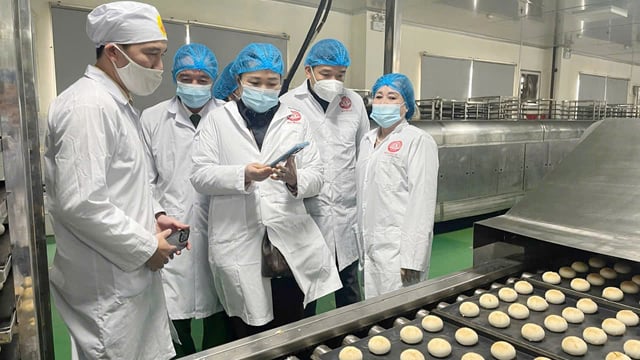

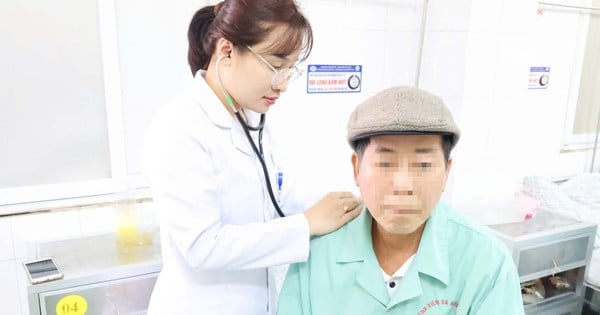






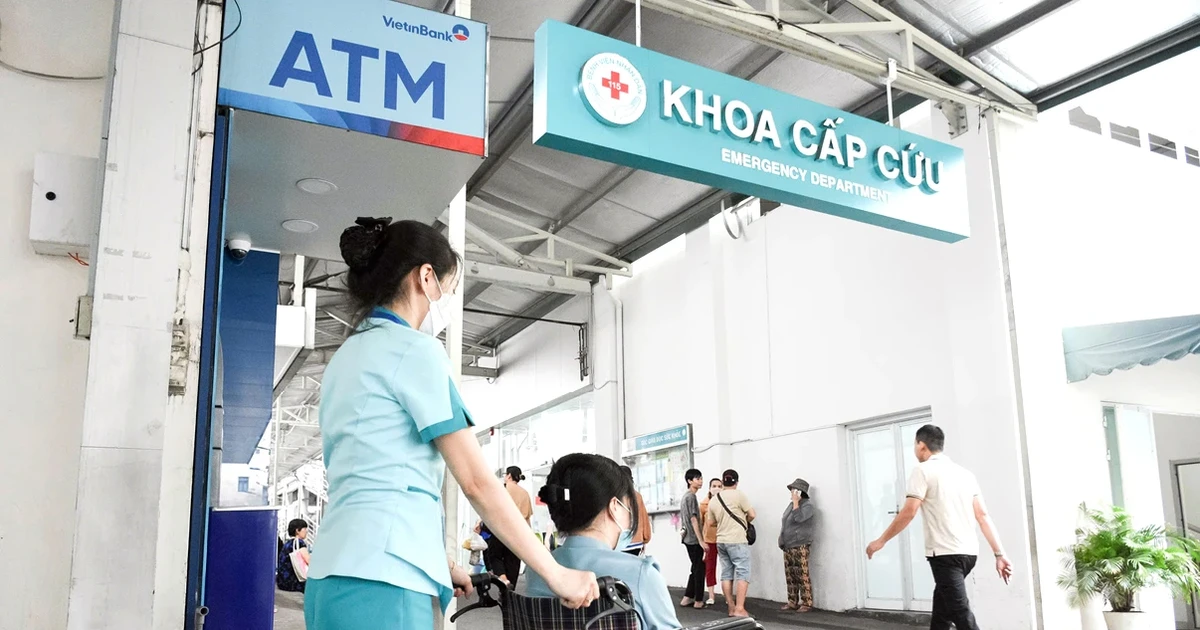




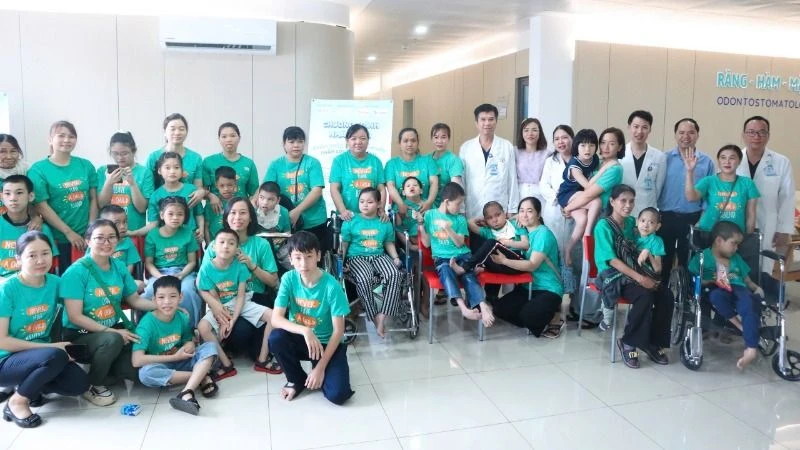










![[Photo] General Secretary To Lam receives French Ambassador to Vietnam Olivier Brochet](https://vstatic.vietnam.vn/vietnam/resource/IMAGE/2025/4/17/49224f0f12e84b66a73b17eb251f7278)
























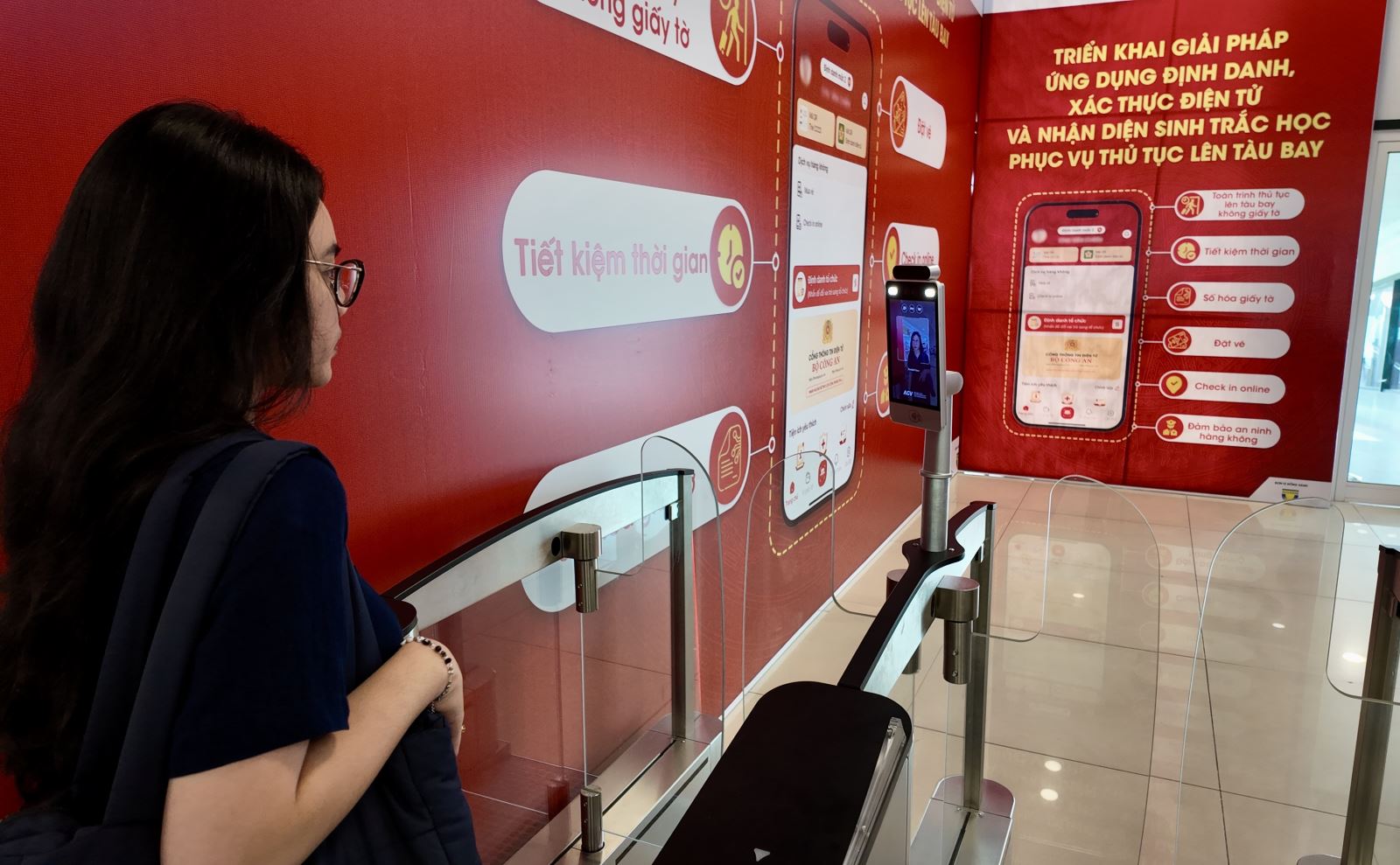
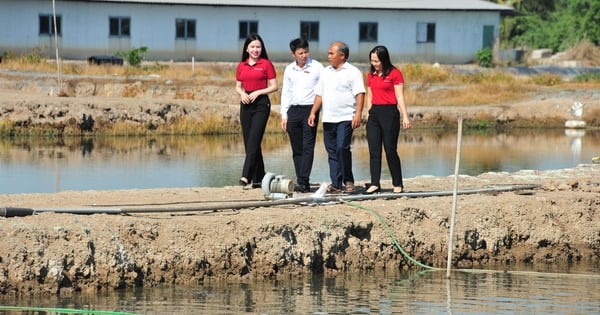



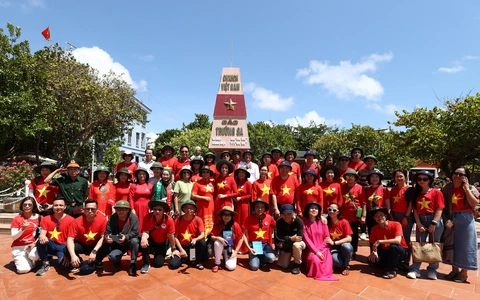














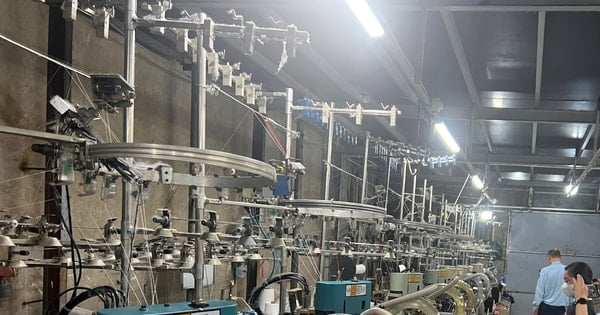








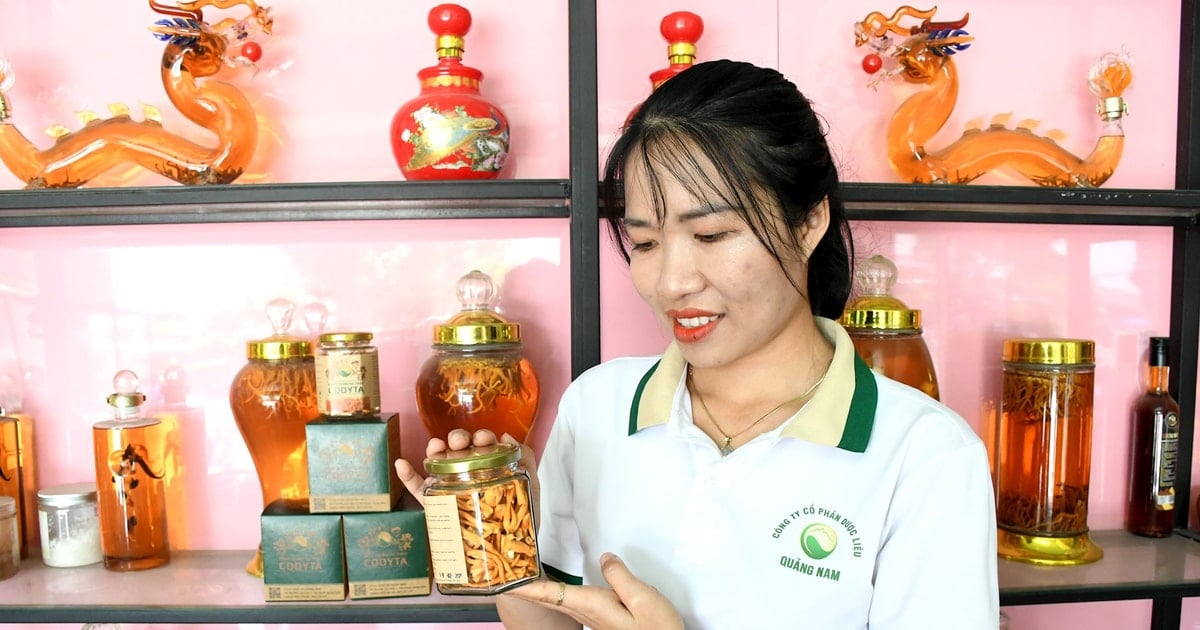



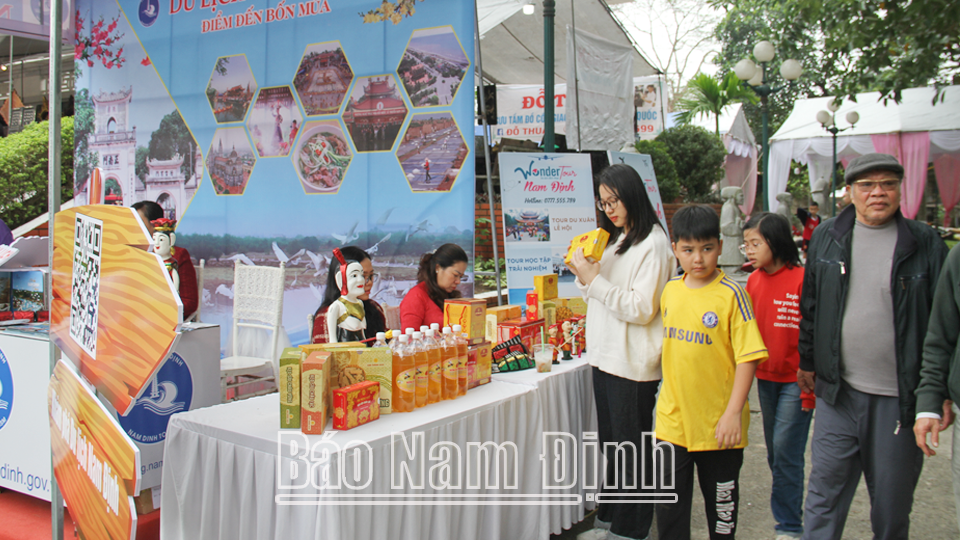




Comment (0)